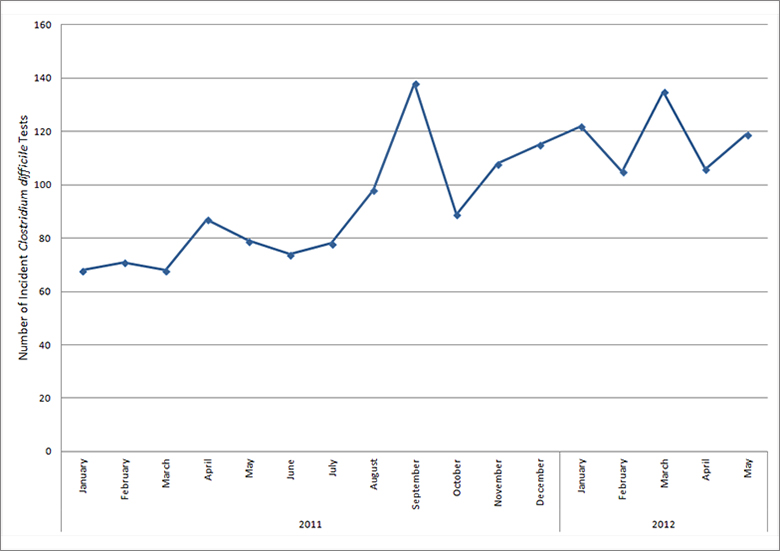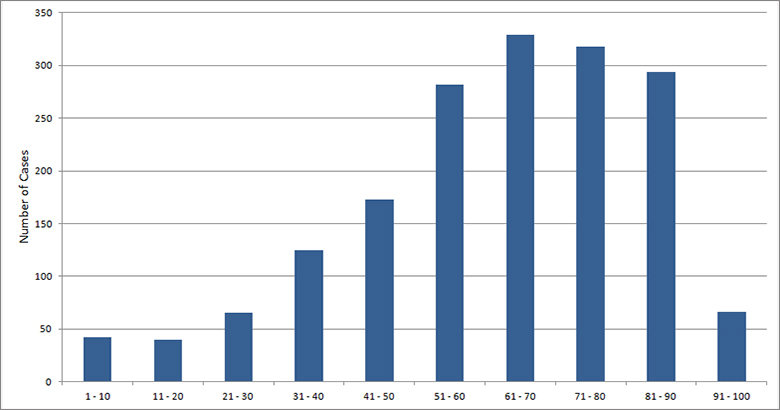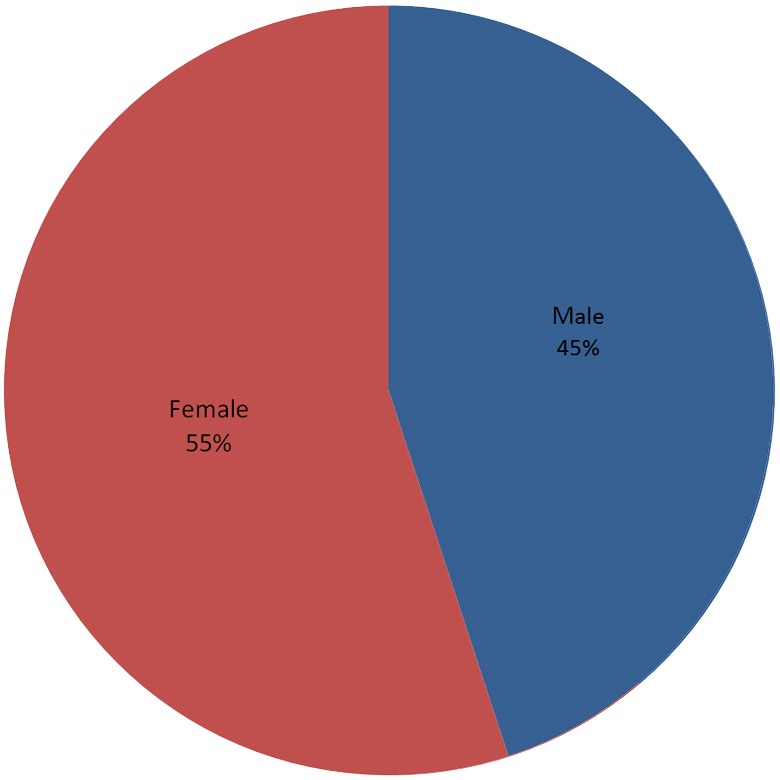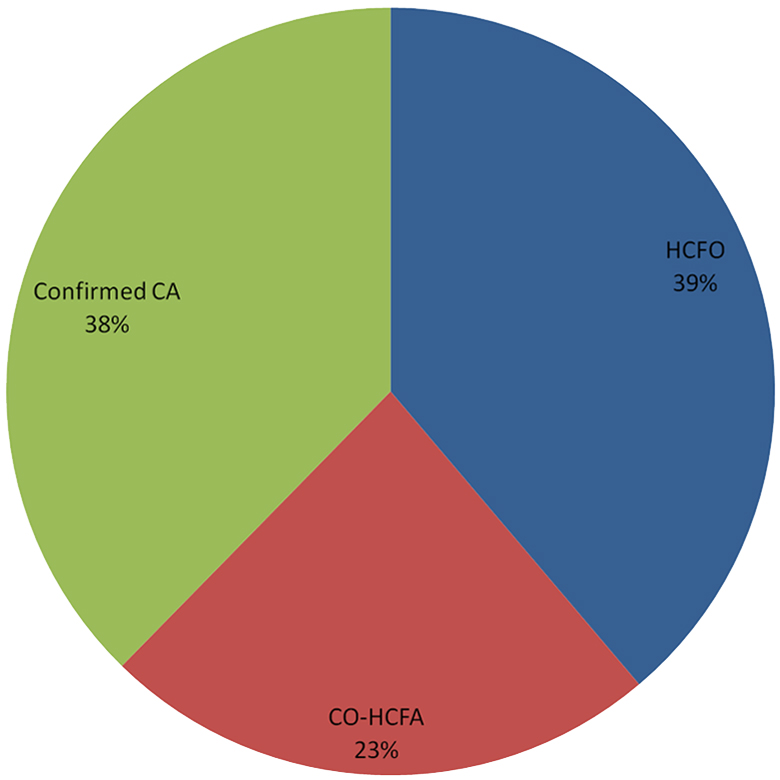Clostridium difficile
Clostridium difficile is a bacterium that can cause diarrhea, sometimes requiring hospitalization and in some instances leading to death. Illness related to C. difficile infection (CDI) has been increasing in the United States; in recent years, this infection has been associated with more than 335,000 hospitalizations and 14,000 deaths per year.[1] Risk of acquiring the infection is greatest for people who take antibiotics and receive medical care in any setting. Antibiotics increase susceptibility to infection by destroying the germs that protect against infection (along with destroying the germs for which the antibiotic was prescribed). Most CDI occurs in people who recently received medical care. The risk of infection (and severity of illness) increases with age. Nearly half of infections occur in people less than 65 years old, but more than 90% of deaths occur in people 65 and older.[1]
Clostridium difficile Infection (CDI) Surveillance
CDI surveillance was initiated due to the increase in incidence, virulence, and antibiotic resistance of C. difficile and the simultaneous lack of population-based data. The specific aims are to determine the extent of C. difficile infection, the proportion of infections that are community- and healthcare-associated, and which strains are causing disease. In New Mexico, active, population-based laboratory surveillance for incident CDI cases occurring January 1, 2011 or later is being conducted in Bernalillo County. Participating facilities include hospitals, long-term care facilities, long-term acute care and rehabilitation hospitals, hospices, and outpatient clinics; any setting in which individuals are tested for CDI is included.
Although CDI became a reportable condition state-wide in New Mexico on February 29, 2012, surveillance is currently only being conducted in Bernalillo County. After report of a positive C. difficile test, incident cases for Bernalillo County residents are followed up by New Mexico Emerging Infection Program staff, including chart review and telephone interviews of certain cases. Information gathered includes demographic data, clinical features, exposures, underlying conditions, healthcare contacts, and outcome; this information helps to distinguish whether the case is healthcare facility onset; community-associated; or community-onset, healthcare facility-associated. Preliminary information on the incidence of CDI is presented below.
Isolate Submission
Swabs from selected stool specimens positive for C. difficile by toxin or molecular assay will be submitted to the NMDOH Scientific Laboratory Division (SLD), where they will be stored and shipped to the Hines VA Hospital and the Centers for Disease Control and Prevention. Subtyping of samples collected by the national EIP CDI sites will be done to determine which strains are causing disease and to correlate this information with the clinical information collected.
Contact the CDI principal investigator Erin Phipps at 505-272-6697 for more information.
New Mexico CDI Project Data
Figure 1: Number of Incident Clostridium difficile Tests over Time in Bernalillo County, New Mexico, January 2011–May 2012

Figure 2: Number of Incident C. difficile Cases by Age Group, New Mexico, January 2011–May 2012

Figure 3: Incident C. difficile Cases by
Sex, New Mexico, January 2011–May 2012

Figure 4: Incident C. difficile Cases by Case Classification, NM, Jan 2011–May 2012

References
- Clostridium difficile Infection Information
CDC Vitalsigns. March 2012. Accessed on May 14, 2012.

